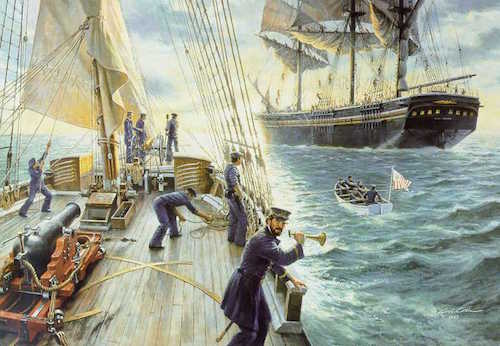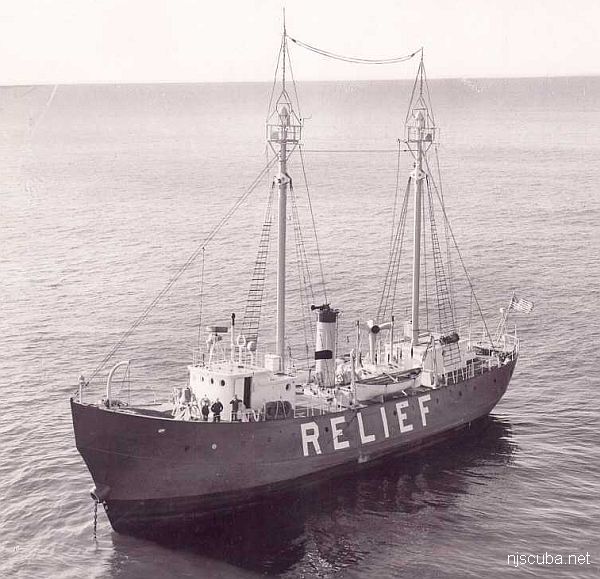United States Coast Guard 2 (1/7)
USCG - Historical Overview

The United States Coast Guard is this nation's oldest and its premier maritime agency. The history of the Service is very complicated because it is the amalgamation of five Federal agencies. These agencies, the Revenue Cutter Service, the Lighthouse Service, the Steamboat Inspection Service, the Bureau of Navigation, and the Lifesaving Service, were originally independent, but had overlapping authorities and were Shuffled around the government. They sometimes received new names, and they were all finally united under the umbrella of the Coast Guard. The multiple missions and responsibilities of the modern service are directly tied to this diverse heritage and the magnificent achievements of all of these agencies.



